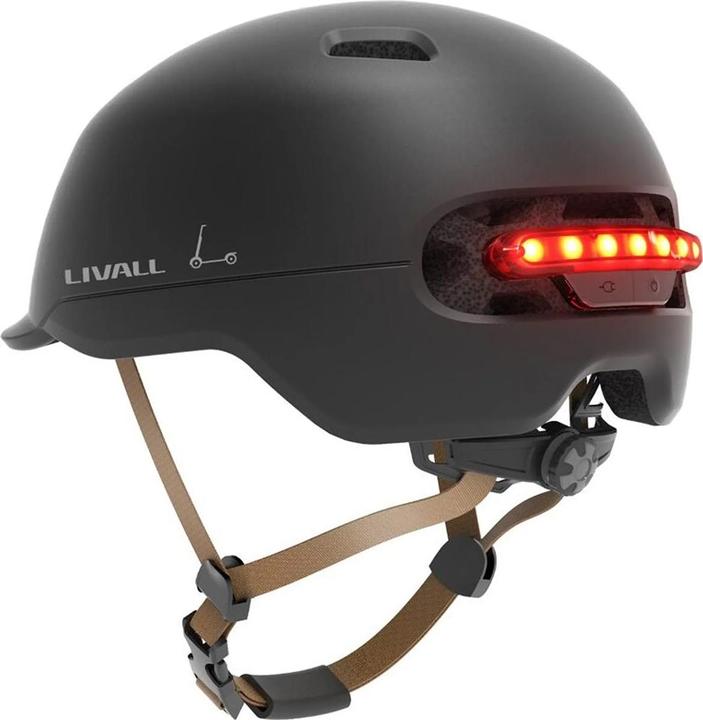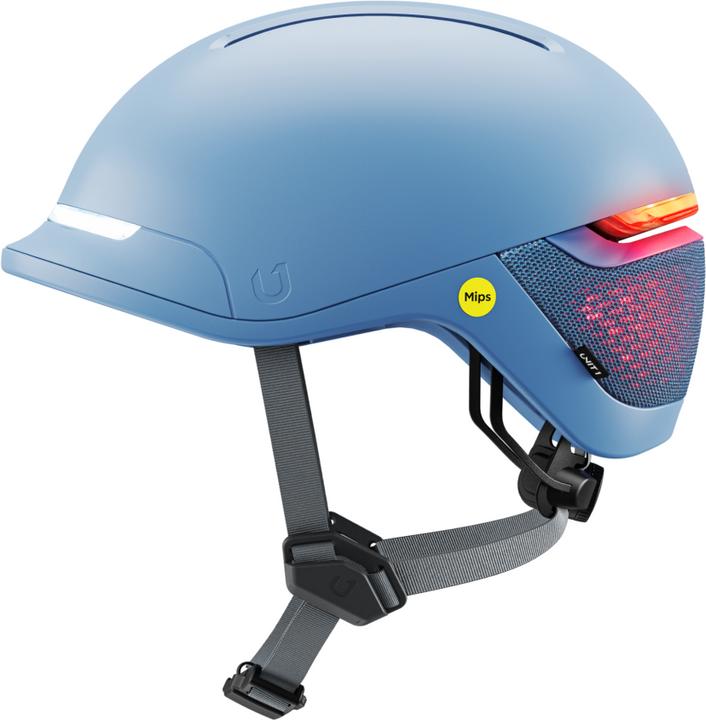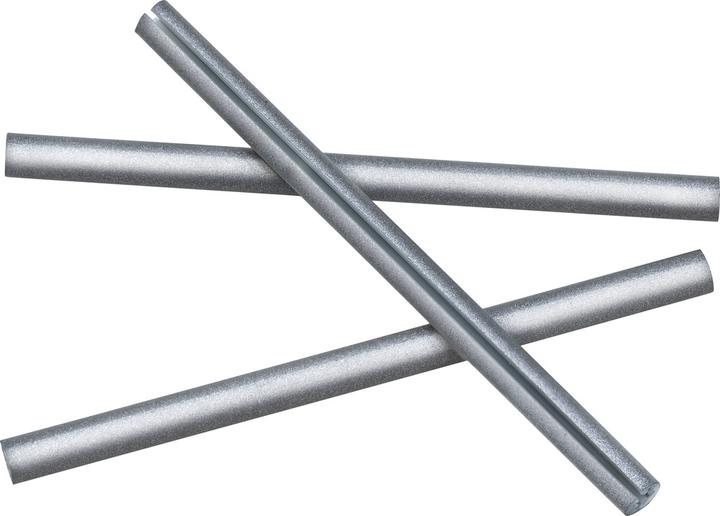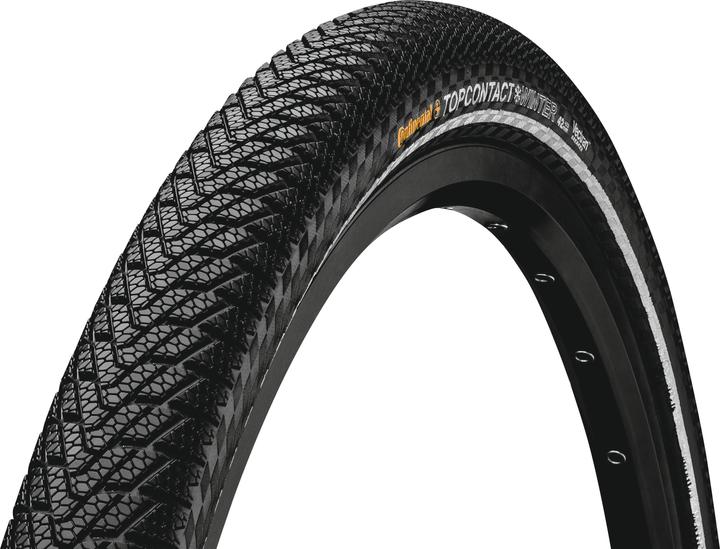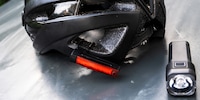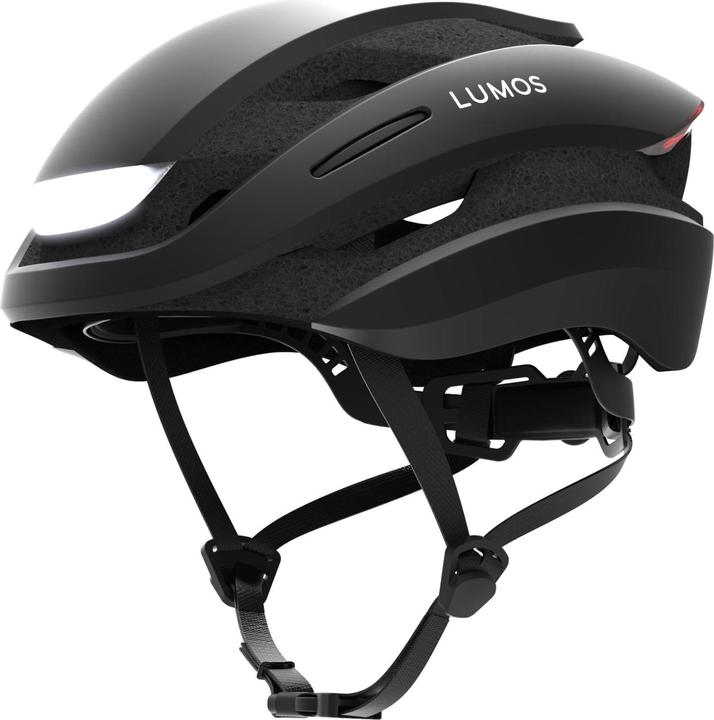

Cycling at night in Switzerland? You’d better brush up on these bike light laws
With the nights getting longer, having the right bike lights is more important than ever. Although the law gives you a fair amount of freedom in choosing your lights, not every type of lighting’s permitted.
If you value your own life, you should make yourself as visible as possible when you’re on your bike. Light-coloured clothing helps with this. And of course, decent passive and active lighting does too. In Switzerland, the minimum lighting required by law is defined by regulations such as the so-called VST (or «Ordinance on the Technical Requirements for Road Vehicles» in English).
However, that kind of legalese makes for seriously dry reading material. That’s why I put the most important questions on bike lights to Martin Platter, managing director of Velo Suisse. In case you’re wondering, that’s Switzerland’s specialist centre for bikes and e-bikes. So, Martin’s the prime candidate for giving us competent, concise answers. I’ve used our interview as the basis for the questions and answers I’ve formulated below, building in information I got from the Lucerne police too.
Does the law specify how bright a bike light needs to be?
You’ll find the answer to this is in Article 216 of the VST mentioned earlier. According to the police in Lucerne, however, it’s a «very liberal» rule. The legal text simply states that you need at least one white light shining at the front of your bike, and one red light shining at the back. It also notes that the rear light has to be «solid», i.e. not flashing. In good weather conditions, your lights need to be visible at night from a distance of 100 metres. Both detachable and fixed lights are allowed.
In Germany, the answer to the brightness question’s more clearly defined. According to the StVZO (Road Traffic Licensing Regulations in English), a bike’s headlight needs to have a measurable light intensity of at least 10 lux on a wall ten metres away. Most manufacturers fit their bikes with lamps reaching at least 15 lux, probably to make sure they comply with these guidelines.
It’s especially important that the front light is mounted and adjusted so as not to dazzle other road users. Ideally, there should be a cone of light directed towards the road in front of you. This one-minute video shows you how to get the right angle:
Are indicators allowed?
Cyclists typically use hand signals to indicate that they’re turning or changing lanes. At least, that’s probably what most people learned at school. A few years ago, bike indicator lights came on the scene, allowing cyclists to use a switch on the handlebars in the same way you might use a turning signal on a car. These bike indicators are legal in Switzerland, but they have to be yellow and mounted symmetrically in pairs. The important thing? If you’re using indicators, you can’t have any other flashing lights in use at the same time.
Are pulsating front and rear lights allowed?
Martin Platter says the law’s «unmistakably» clear on this. A bike’s main front light and rear light have to be solid i.e. not flashing. The police generally tolerate flashing lights as extras, but not as an alternative to solid lights.
If, for example, you cycle with a front light that flashes every second, it might save you battery power, but it won’t stop you from getting a fine. And it won’t necessarily make you more visible to other road users. Plus, it’s not very nice to mount a strobe light assault on your fellow cyclists and drivers.
Is it okay to have your lights on your helmet instead of your bike?
A growing number of bike helmets on the market are equipped with LED strips at the front and rear. They’re bright enough to easily meet legal requirements (see above).
However, as Martin Platter explains, the law clearly refers to «vehicle lighting» and not «driver or rider lighting». As a result, light-up helmets can only be classed as supplementary lighting at best. Bike helmet manufacturer Lumos said the same thing when I approached it about the issue:
«The lights on our helmets aren’t a substitute for bike lights. The law stipulates that bikes should be fitted with a fixed light.»
What kind of passive lighting does your bike need?
Passive lighting refers to reflectors. Bikes need to have at least one front-facing and one rear-facing variety. The light-up area on the rear reflector needs to be at least ten square centimetres in size. At night, in good weather conditions, both front and rear reflectors have to be visible from a distance of 100 metres «in a motorised vehicle’s dipped headlights», as stated by the law (page in German). However, there’s also an exception: «Other retroreflective devices may be used in place of reflectors if they meet the requirements for reflectors in accordance with paragraph 1.» In other words, they have to be at least ten square centimetres in size and visible from a distance of 100 metres.
It’s also mandatory to have additional reflectors on your pedals – one on the front and one on the back of each pedal. They also need to be yellow, with a surface area of five square centimetres each. Exceptions for racing pedals or safety pedals are set out in Article 178a of the VTS.
You’re also allowed to add additional reflectors to your tyres or spokes. These have to be white. Alternatively, your tyre may already have an integrated reflector strip.
I’ve summarised some extra tips on how to be more visible on your bike in the article linked here:
If you now feel like you desperately need to upgrade your bicycle’s lighting, why not check out the Galaxus bike light range?.
Journalist since 1997. Stopovers in Franconia (or the Franken region), Lake Constance, Obwalden, Nidwalden and Zurich. Father since 2014. Expert in editorial organisation and motivation. Focus on sustainability, home office tools, beautiful things for the home, creative toys and sports equipment.
Practical solutions for everyday problems with technology, household hacks and much more.
Show all